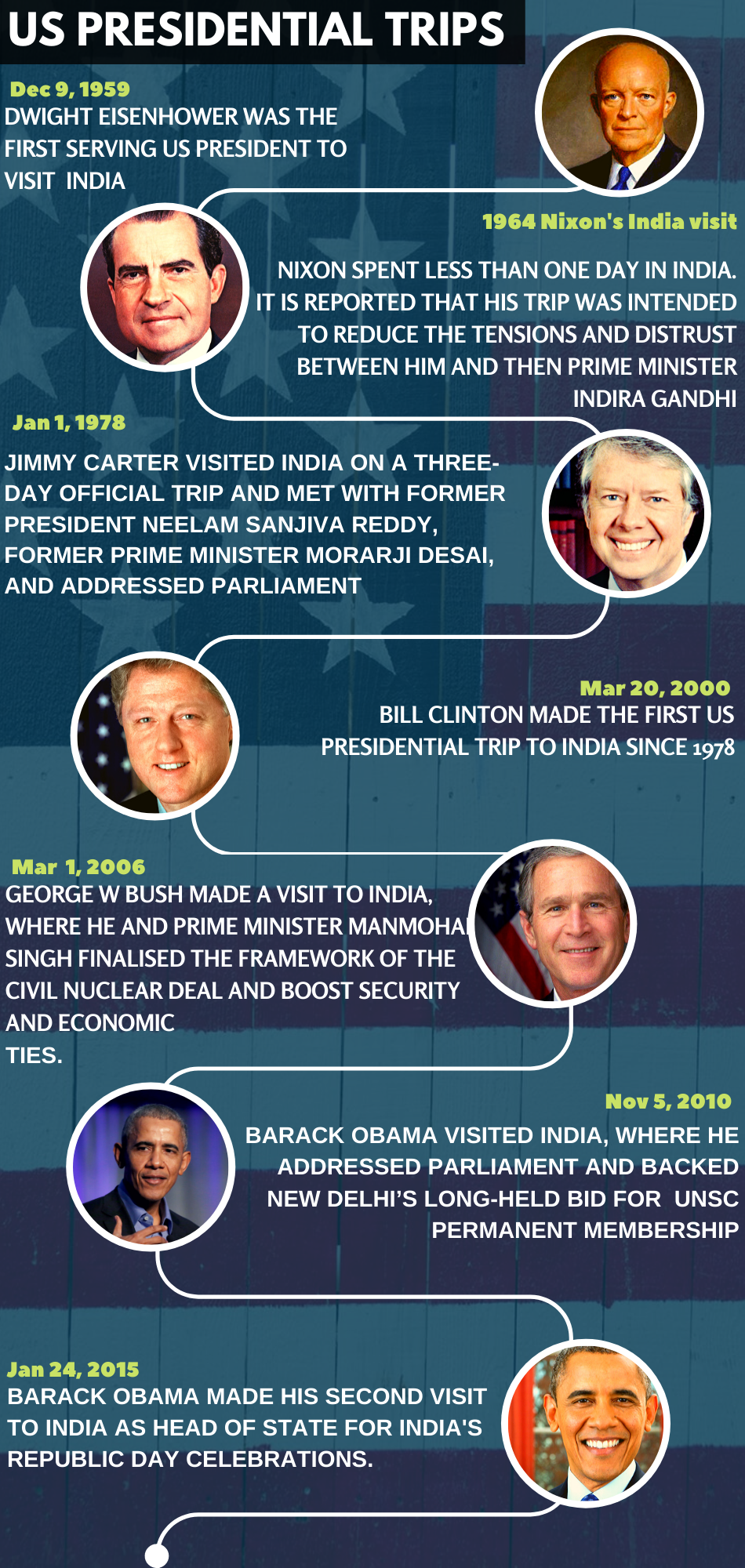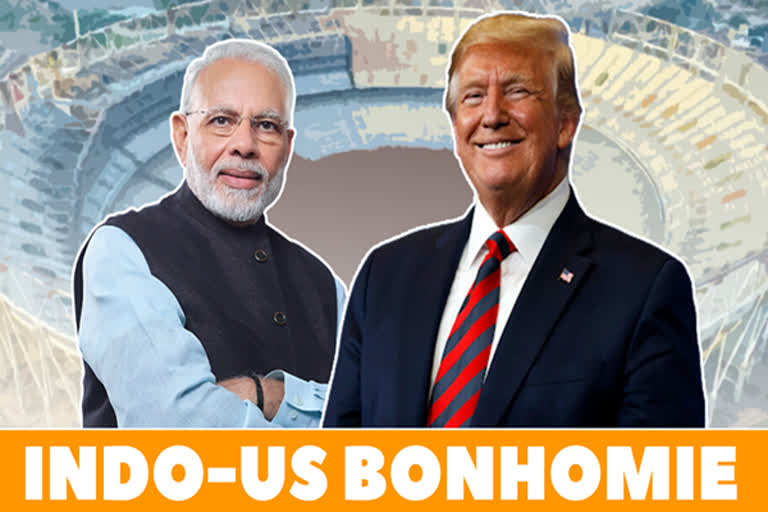Hyderabad: For long Indo-US relations have been one of a rollercoaster ride –from being anti-India in 1950s to becoming pro-India since 2005 turning it be an indispensable US partner. Many top policymakers from both sides termed the relationship only as “natural” as both nations are the largest democracies in the world. This was further cemented and reiterated by visits of US presidents from time to time. India's contribution to the United States in the field of software, research and international cooperation have been adequately acknowledged by the US. In return, the US has backed India's bid for the UNSC permanent membership, nuclear cooperation and fight against terrorism.
US' South-Asia policy
Former president Bill Clinton made his first US presidential trip to India since 1978. The visit ended the estrangement of the post-1998 Indian nuclear weapons tests, although the Clinton administration pressed New Delhi to sign the Comprehensive Test Ban Treaty.
The Indo-US Science and Technology Forum was also established during the visit. As India’s economy began to take off, the trip indicated a further shift in Washington’s regional orientation away from its Cold War alliance with Pakistan.

Indo-US Inks N-Deal
Former US president George W Bush made a visit to India in 2006. During the visit, Bush and then prime minister Manmohan Singh finalised the framework of the civil nuclear deal and boost security and economic ties.
The nuclear deal, completed in July 2007, made India the only country outside of the Nonproliferation Treaty that has nuclear capabilities and is allowed to participate in nuclear commerce.
Read Also: Gujarati 'Raas' artists to welcome Trumps at Motera stadium
In 2007, Mangoes-for-Motorcycles Deal signalled to deepen trade ties between the two countries. Some of the first shipments of Indian mangoes reached in the US, ending an eighteen years ban on importing the fruit.
The ban was lifted as part of an agreement reached by Bush and Manmohan Singh in 2006 to double the trade between the countries within three years. In response, New Delhi said that it will relax restrictions on importing Harley-Davidson motorcycles from the US.
Bilateral trade in goods and services totalled around $45 billion in 2006 and rose to more than $70 billion in 2010, according to the US Bureau of Economic Analysis.
Strategic Dialogue
Washington and New Delhi formally convened the first US-India Strategic Dialogue in 2010.
A large high-ranking delegation of Indian officials visited Washington, and then US Secretary of State Hillary Clinton lauded New Delhi as "an indispensable partner".
Former US president Barack Obama said that the relationship “will be a defining partnership in the twenty-first century.” Subsequent dialogues followed annually.
US Backs India's Bid for UNSC
In 2010, Barack Obama paid his maiden visit to the subcontinent. During the visit, he addressed Parliament and backed New Delhi’s long-held bid for a permanent seat at the United Nations Security Council.
Read Also: Prez Trump says 10mn people to welcome him in Ahmedabad
The trip also highlighted India’s economic ties with Obama announcing $14.9 billion in trade deals. However, trade concerns around access to Indian markets and issues surrounding civil nuclear cooperation clouded the talks.
Obama's India Visit-II
Barack Obama made his second visit to the subcontinent as Chief Guest of India's Republic Day celebrations in 2015. He heralded the relations between the world's two largest democracies, saying, "America can be India's best partner."
Obama and Prime Minister Narendra Modi announced a breakthrough on nuclear-related issues that could help implement the US-India civil nuclear deal. Six months later, US Secretary of Defence Ashton Carter and then defence minister Manohar Parrikar signed documents to renew the ten-year US-India Defence Framework Agreement.
Defence Partner
During Narendra Modi's visit to the US in 2016, Washington elevated India to a major defence partner, a status no other country holds.
An expansion of the ten-year defence agreement renewed in 2015, the designation, which became law in August 2018, which suggested that New Delhi will enjoy some of the benefits of being a US treaty ally, such as access to defence technology, though the alliance is not a formal one.
In a speech before the US Congress a day later, Modi celebrated India’s growing diplomatic and economic ties with Washington. Two months later, the US-New Delhi signed an agreement on extensive military cooperation after nearly a decade of negotiations.
Read Also: Daughter Ivanka, son-in-law Jared Kushner to accompany Trump during India visit



